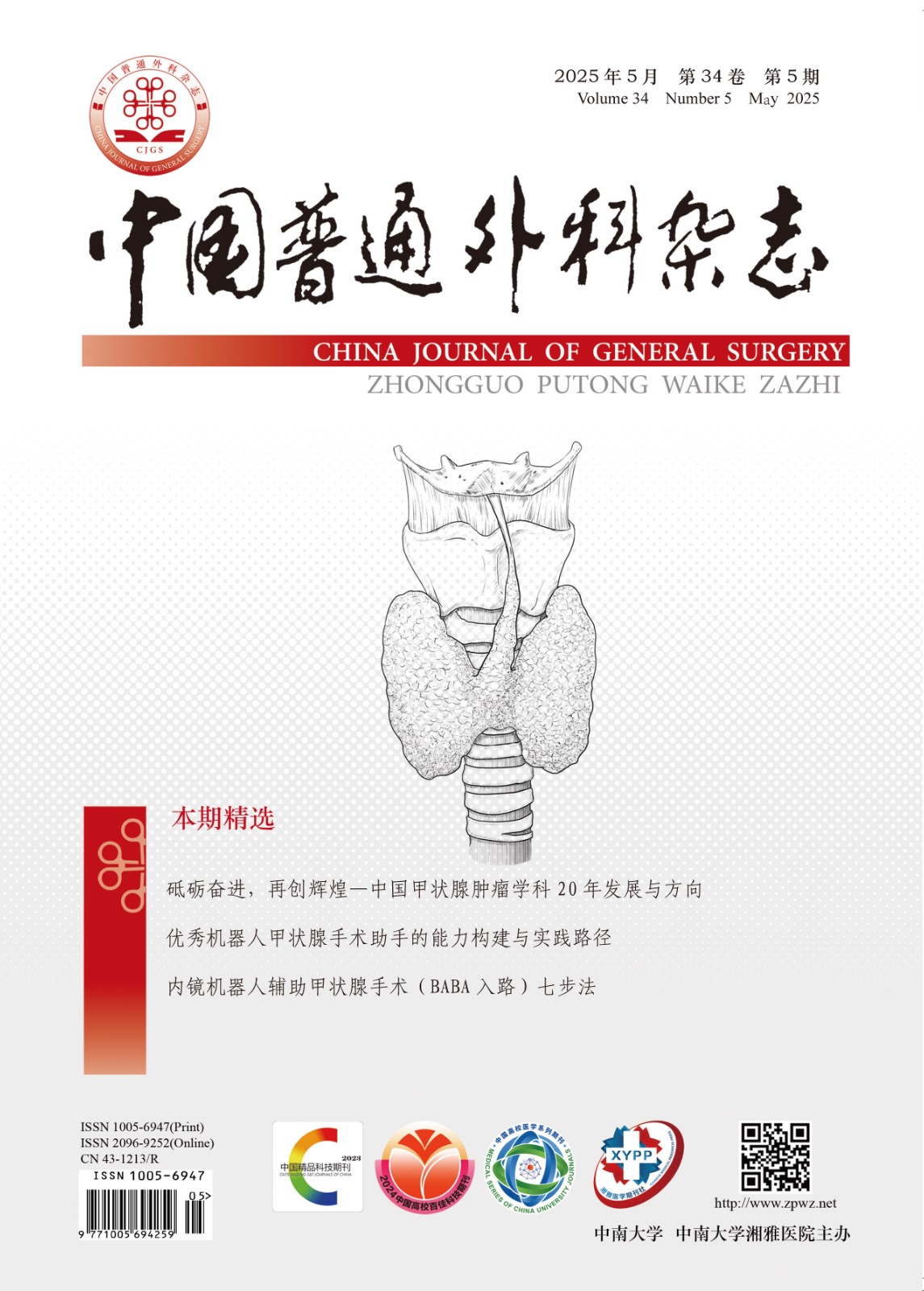Abstract:Objective:To investigate the effect of TLCK(NalphatosylLlysylchloromethylketone) on acute hemorrhagic necrotizing pancreatitis(AHNP) associated with lung injury.Methods :Seventy SD rats were randomized into seven groups(n=10 in each group): group1, normal control group (rats were treated with 0.9% sodium chloride i.v.); group 2, AHNP control group (AHNP rats were treated with 0.9% sodium chloride i.v.); group 3, AHNP rats were treated with 5μg/kg TLCK; group 4, AHNP rats were treated with 10μg/kg TLCK; group5, AHNP rats were treated with 20 μg/kg TLCK; Group3, 4,5were treated with TLCK i.v. immediately after the establishment of SAP rat model;group 6, AHNP rats were treated with TLCK i.v. 30 minutes before the establishment of AHNP model;group 7, AHNP rats were treated with TLCK i.v. 30 minutes after the establishment of AHNP rat model;Group 6,7 were treated with 10 μg/kg TLCK.Group 1-7 were used to select the best dosage and administration time of TLCK by observing the survival rate for seven days. Then, according to the result of selecting, the SD rats were divided into three groups(n=6 in each group): group N, Sham operated control group(0.9% sodium chloride was reversely injected into SD rat′s pancreas and rats were treated with 0.9% sodium chloride i.v.); group P: AHNP group; group T: TLCK treatment group(AHNP rats were treated with 10 μg/kg TLCK immediately after the establishment of AHNP rat model).The rats of the last three groups were killed 6 hours after operation. Alveolar macrophages(AMs) were harvested by bronchoalveolar lavage. The protein content of bronchoalveolar lavage fluids (BALF), the myeloperoxidase (MPO) of lung tissue, and tumor necrosis factor α(TNFα) secreted by AMs were determined. The expression of NFκB in AM was checked as well as lung histology.Results:The survival rate of group 1-7 was100%, 0%, 70%, 100%, 80%, 0%, and 90% respectively. The level of MPO of lung tissue and protein content of BALF ingroup N were lower than that, in groups P and T (P<0.05). and in group T had lower level than that in group A (P<0.05). The activity of TNFα in group P was higher than in group Tand group N. Moreover, the activity of TNFα in group N was notably lower than in group T (P<0.05). The expression of NFκB was upregulated in group P and downregulated in group T and with no detection in group N.Conclusions:TLCK could inhibit the expression of NFκB and decrease the excretion of inflammatory cytokines, then ameliorate the lung injury associated with AHNP. The optimum dosage of TLCK is 10μg/kg and is best administrated immediately when ANHP occurred.

